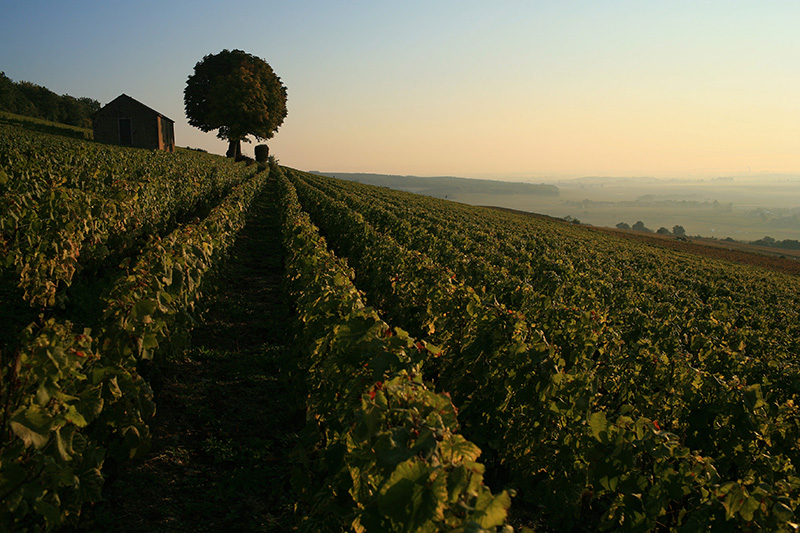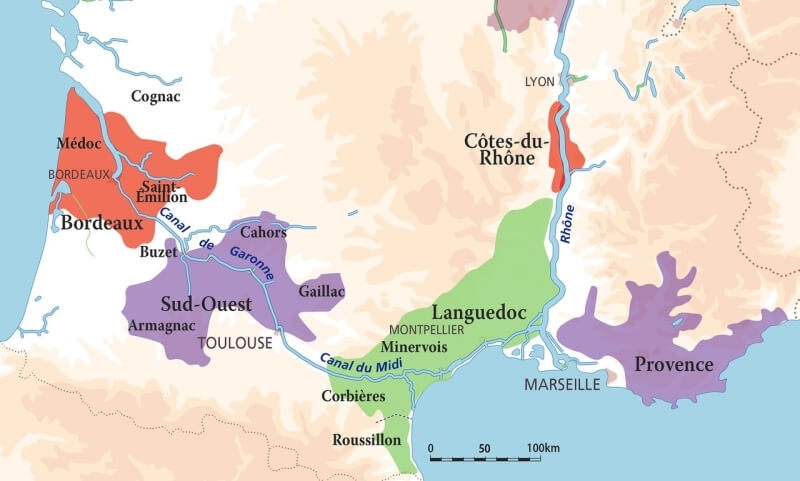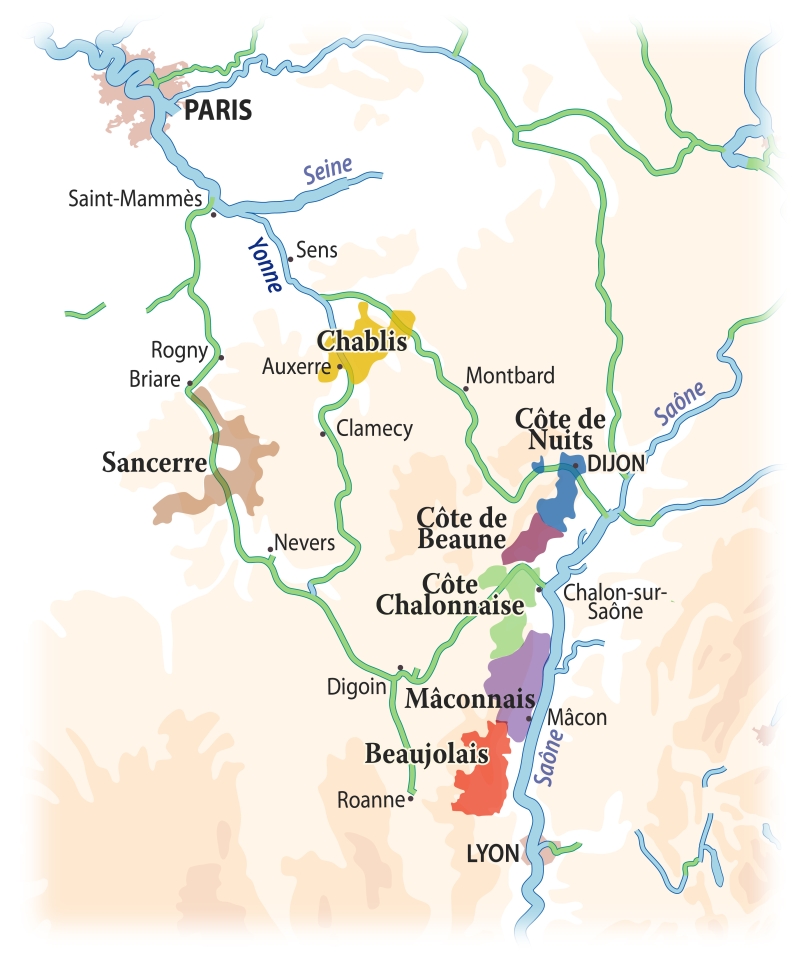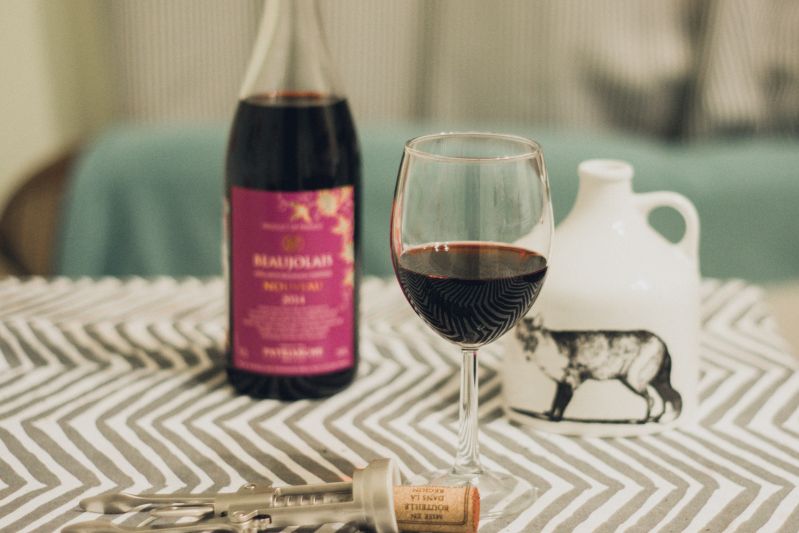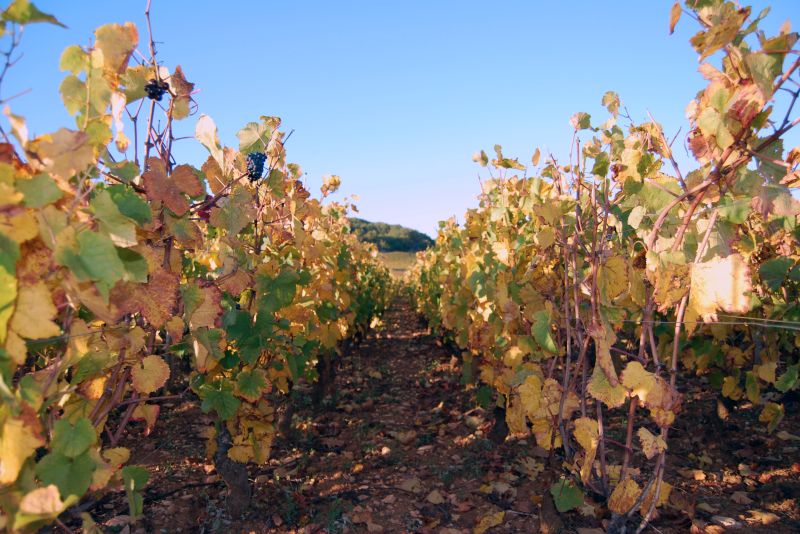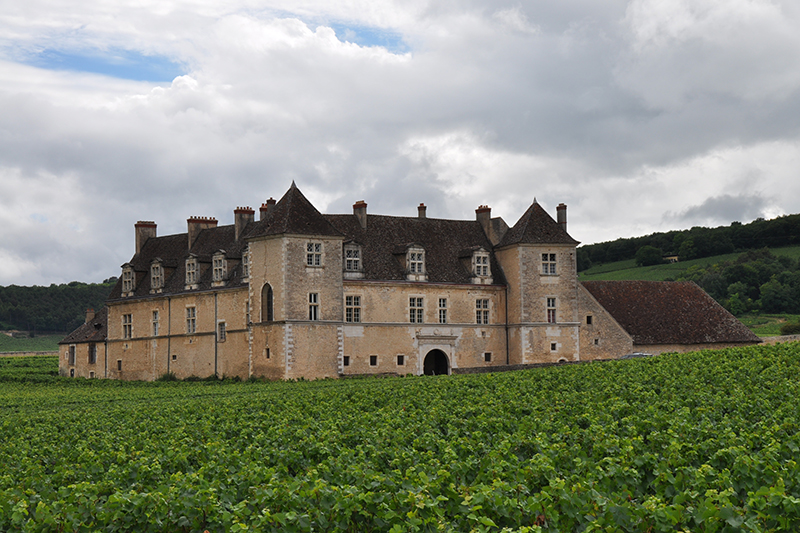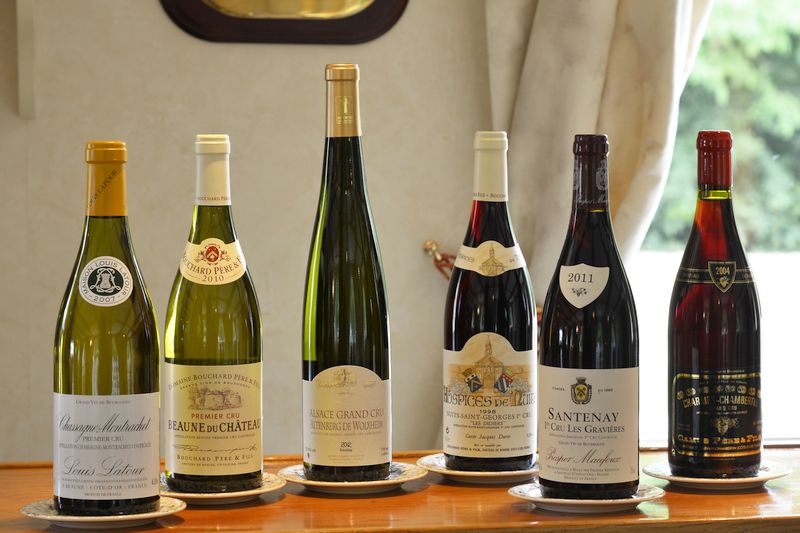The Burgundy wine region may be small in size, but its influence is enormous in the world of wine; the complexity of Burgundian wines can cast fear into the heart of even a seasoned wine expert. Although the region is home to some of the most expensive wines in the known universe, there are plenty of good, affordable wines that can be found here too.
Wine making in the region goes back to the Romans in the 1st century AD, however it was the Catholic monks that really established the first vineyards during the Middle Ages, in which they would make wine for the church and for the Aristocratic Dukes of Burgundy.
At the time of the French Revolution, the land was given back to the people and was fragmented into small plots. Today, the system of small vineyards still prevails. Hardly any of the vineyards belong to a single owner, and because of the cost of the land in a wine-producing region of 111,000 acres the average estate is a mere 18.5 acres.
The easiest way to understand the complex nature of Burgundy wines, is to remember that there are only two grape varietals of importance: Pinot Noir and Chardonnay. To the vigneron (wine-maker/grower) Burgundy is not the original home of these grapes, but the terroir that best expresses their characteristic: elegant, complex and highly enjoyable!
 English
English
 Spanish
Spanish French
French German
German Norwegian
Norwegian Portuguese
Portuguese Swedish
Swedish Italian
Italian Russian
Russian Simplified Chinese
Simplified Chinese Japanese
Japanese
